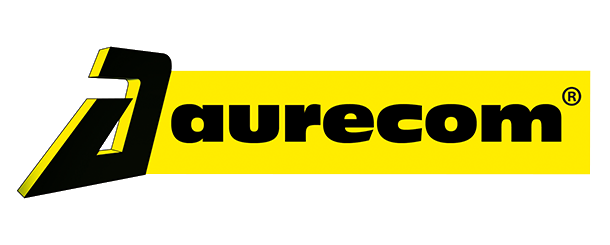What are the different types of propshaft?
Propshaft, also known as the drive shaft, is a component in a vehicle’s transmission system that transfers the power from the engine to the wheels. There are three types of propshaft: one-piece propshaft, two-piece propshaft, and multi-piece propshaft. The one-piece propshaft is made from a single piece of metal and is the most common type of propshaft. The two-piece propshaft is made from two separate pieces connected by a universal joint and is more flexible than the one-piece propshaft. The multi-piece propshaft is made from multiple pieces and is used in vehicles that require a high level of stability and strength.
What is bearing mounting?
Bearing mounting is the process of installing bearings on a shaft. Bearings support the shaft and allow it to rotate smoothly. The most common methods of bearing mounting are press fit, shrink fit, and adhesive bond. Press fit involves applying force to the bearing, causing it to expand and fit onto the shaft. Shrink fit involves heating the bearing and then cooling it, causing it to shrink and fit onto the shaft. Adhesive bond involves using an adhesive to secure the bearing to the shaft.
What is the propeller shaft used for?
The propeller shaft is used to transfer the power from the engine to the wheels. It connects the transmission to the differential, which then transfers the power to the wheels. The propeller shaft is a critical component in the transmission system and must be in good working order to ensure the vehicle functions properly.
What is a prop shaft bearing?
A propshaft bearing is a type of bearing that is used to support the propshaft. It is located at the universal joint and allows the propshaft to rotate smoothly. The prop shaft bearing is essential for the proper functioning of the transmission system and must be in good working order.
What is the meaning of propshaft?
The meaning of propshaft is a shaft that transfers the power from the engine to the wheels. It is also known as the drive shaft and is an essential component in the transmission system.
What causes propshaft failure?
Propshaft failure can occur for several reasons, including corrosion, wear and tear, and overloading. Corrosion can cause the propshaft to weaken and eventually fail. Wear and tear can cause the propshaft to become worn, leading to failure. Overloading can cause the propshaft to become damaged and eventually fail.
What are the three types of mounted bearings?
The three types of mounted bearings are sleeve bearings, flange bearings, and pillow block bearings. Sleeve bearings are mounted directly on the shaft and are used in applications where a high level of stability is required. Flange bearings are mounted on a flange and are used in applications where a high level of stability is required. Pillow block bearings are mounted in a block and are used in applications where a high level of stability is required.
How do you mount a bearing on a shaft?
The method of mounting a bearing on a shaft depends on the type of bearing and the application. The most common methods of bearing mounting are press fit, shrink fit, and adhesive bond. Press fit involves applying force to the bearing, causing it to expand and fit onto the shaft. Shrink fit involves heating the bearing and then cooling it, causing it to shrink and fit onto the shaft. Adhesive bond involves using an adhesive to secure the bearing to the shaft.
What is mounted on the shaft?
Bearings are commonly mounted on the shaft. Bearings support the shaft and allow it to rotate smoothly. Other components that may be mounted on the shaft include couplings, gears, and pulleys. These components work together to transfer power from the engine to the wheels.
What is the difference between driveshaft and propshaft?
The terms "driveshaft" and "propshaft" are often used interchangeably, but there is a difference between the two. The driveshaft is the main component in the drivetrain that transfers power from the engine to the wheels. The propshaft, on the other hand, is a component in the transmission system that transfers power from the transmission to the differential. In summary, the driveshaft is a larger component that transfers power from the engine, while the propshaft is a smaller component that transfers power from the transmission.
What are the three types of propeller mounting shafts?
The three types of propeller mounting shafts are solid shaft, splined shaft, and taper-locked shaft. The solid shaft is the most basic type of mounting shaft and is simply a smooth cylindrical shaft. The splined shaft has splines cut into the shaft that allow the propeller to be locked in place. The taper-locked shaft has a taper that allows the propeller to be locked in place. Each of these types of mounting shafts has its own unique advantages and disadvantages, and the type of mounting shaft used depends on the specific application.
Conclusion
The propshaft is an essential component in a vehicle’s transmission system. It transfers power from the engine to the wheels and must be in good working order to ensure the vehicle functions properly. Bearings, including prop shaft bearings, are often mounted on the propshaft to allow it to rotate smoothly. The type of propshaft used, as well as the method of bearing mounting, depends on the specific application. Understanding the different types of propshaft, the purpose of bearing mounting, and the causes of propshaft failure is critical for maintaining the proper functioning of a vehicle’s transmission system.
